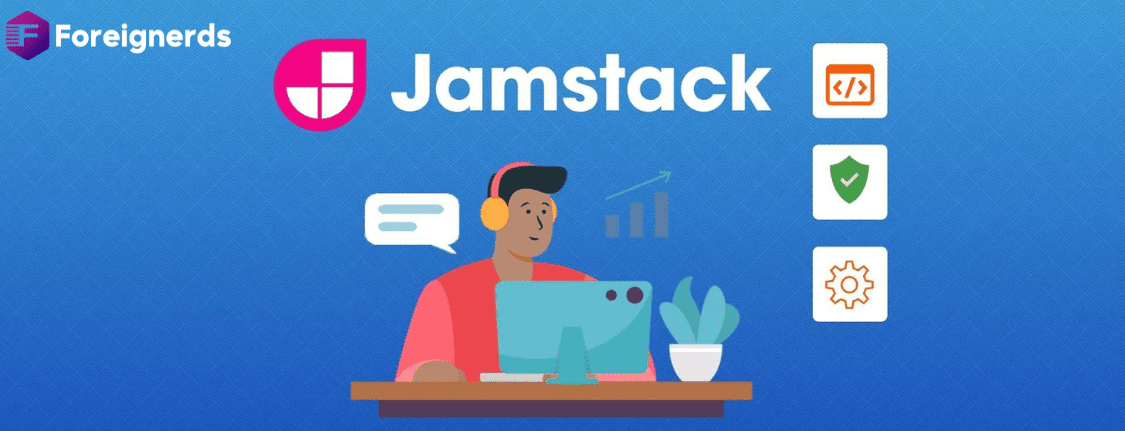- Home
- Design and Development
- Jamstack vs. WordPress: should you choose...

Introduction
In today’s digital landscape, choosing the right platform for building a website is crucial. WordPress, a tried-and-true content management system, has dominated the web for years, powering approximately 40% of all websites. However, a new contender is gaining momentum: Jamstack architecture. This minimalist approach to web development is reshaping the way websites are built. In this article, we’ll delve into the differences between WordPress and Jamstack and help you decide which one is the right choice for your organization.
Jamstack is the antithesis of WordPress’s “all-in-one” approach. It employs a minimalist philosophy, using specialized services for various website functions and bringing them together seamlessly.
1. Choosing a Static Site Generator (SSG) WordPress uses a database to construct web pages on-the-fly when visitors access them. In contrast, Jamstack prebuilds pages and stores them on a server. The first step in Jamstack development is selecting a Static Site Generator (SSG) that best suits your project’s requirements. Manoverboard’s choice of Jekyll, a widely supported open-source SSG, is an example of how this decision impacts your project.
2. Selecting a Content Management System (CMS) Jamstack allows you to choose a CMS based on your copy editing needs. Numerous Jamstack-friendly CMS options are available, such as CloudCannon. These can be seamlessly integrated with your selected SSG to create a powerful website.
3. Enhancing with Third-Party Services Beyond the core setup, you can further enhance your Jamstack website by integrating third-party services like forms, shopping carts, customer relationship management (CRM) systems, and various APIs.
For nearly a decade, Manoverboard primarily utilized WordPress to build client websites. However, the shift towards Jamstack, particularly Jekyll, began in 2019 when the Gutenberg editor transformed WordPress. As a result, client demand for Jamstack-based sites has increased. Today, Manoverboard builds around 75% of its sites using WordPress, but the demand for Jamstack continues to grow.
The decision between Jamstack and WordPress may hinge on factors like developer availability and budget. Many developers are well-versed in creating WordPress sites, making it easy to find support after the site’s launch. Additionally, using readily available themes and layout builders can expedite WordPress development. While Manoverboard creates custom themes, most organizations can benefit from the cost-effectiveness of WordPress.
However, it’s essential to recognize that websites are not one-size-fits-all, and there are scenarios where Jamstack shines.
1. When Jamstack is a Better Fit
2. When WordPress is a Better Fit
Adapting to Jamstack can be as simple or complex as you choose. Various Static Site Generators offer different levels of complexity, and third-party services can be seamlessly integrated using iFrames or API services. Developers familiar with WordPress may find it relatively easy to learn a static site generator like Jekyll or Hugo. Moreover, high-demand technologies like React or Vue can be integrated into Jamstack projects.
The demand for Jamstack sites is expected to grow as organizations seek innovative ways to reduce their environmental impact and enhance page performance. However, WordPress is not going away any time soon and remains a reliable choice for most scenarios. Regardless of your choice, Manoverboard is committed to supporting your goals in website development.
In the dynamic landscape of website development, the choice between WordPress and Jamstack is not one-size-fits-all. Each has its strengths and is suited to different scenarios. Whether you opt for the familiarity of WordPress or the flexibility of Jamstack, making an informed decision based on your organization’s specific needs is crucial. The future of web development is diverse, and the choice between these two options will largely depend on your unique requirements and goals.
© 2013 - 2025 Foreignerds. All Rights Reserved